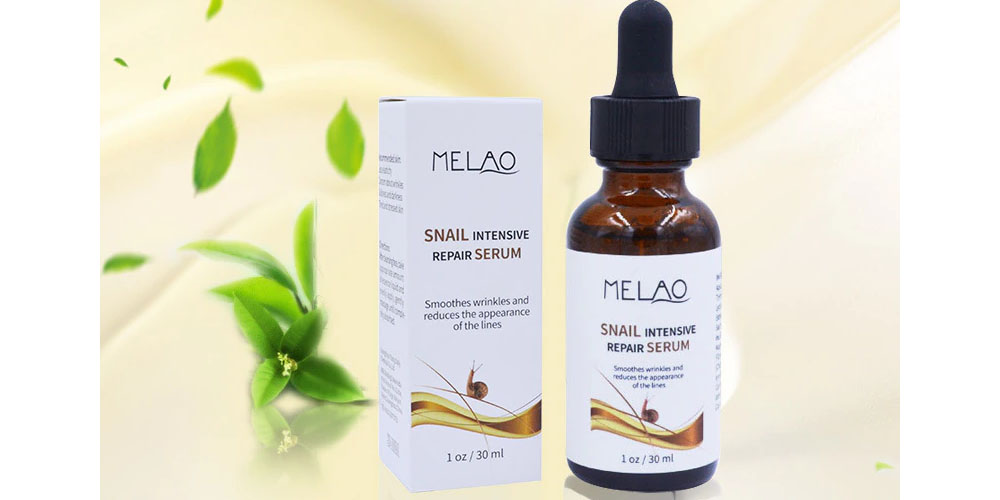There has been more emphasis on skincare in recent times than in the past. Most people are joining the wagon, creating routines for their individual skins. However, some people are hesitant because of their skin types. The beauty of developing a skincare routine is personalizing it to match your skin. This means that everyone with any kind of skin can create one and benefit from it. Skin products are available in plenty based on your liking and need. This extract highlights the four main skin types.
Types of skin you can create a skincare routine for
The four main types of skin are normal, dry, oily, and combination skin. Genetics is a great determiner of the kind of skin you have. However, it may change based on certain conditions like environmental factors and body composition, affecting the type of skin products you use. You can take a skin test to help identify your type or visit a dermatologist to have it done.
1. Normal skin types
In this case, normal is also referred to as well-balanced. This skin is between oily and dry and doesn't go to both extremes. No part of the skin, face to be specific, is oily or dry than the other. The moisture and oil are even throughout, and the skin feels smooth and velvety. Additionally, it has very fine pores that are less noticeable with the naked eye, lack blemishes meaning it has no dark spots. Also, the blood circulation is excellent, making the skin quite healthy.
2. Oily skin
Unlike normal skin, this type has excess sebum, which can be overproduced in some cases. There are people born with oily skin types due to genetics, but there are other causes of it. One can get oily skin due to hormonal imbalances or changes, incorrect makeup, stress, or certain medications. You can identify a person with oily skin with the presence of whiteheads or blackheads, or acne. This kind of skin is categorized into three: glossy and shiny, with enlarged pores, and thick and pale with invisible blood vessels.
3. Dry skin types
This is skin that produces sebum below the normal range. The skin can be below normal, very dry, or extremely dry. The insufficient sebum makes the skin lack lipid which usually helps retain moisture. Due to the presence of a poor skin barrier, the skin is affected by external elements, affecting its appearance. Active loss of water through perspiration can cause dry skin. Also, failure to apply a good moisturizer to help bind the water can result in drying. You can tell if you have dry skin when you see scaling, chapping, have a tight feeling, itchiness, or roughness.
4. Combination skin types
It consists of both oily and dry skin. The T zone: forehead, nose, and chin are usually oily while the cheeks are a bit dry. There's an overproduction of sebum in the Tzone and a lack of it in the cheeks.
To sum up
All skin types can easily be cared for when you understand the nature of your skin. The data above helps you know what to look for, guiding you on the type of skincare products to buy. Some brand products are meant for a particular skin type, while some work for all. Know your skin and choose products that solve your problems for a better skin look.


